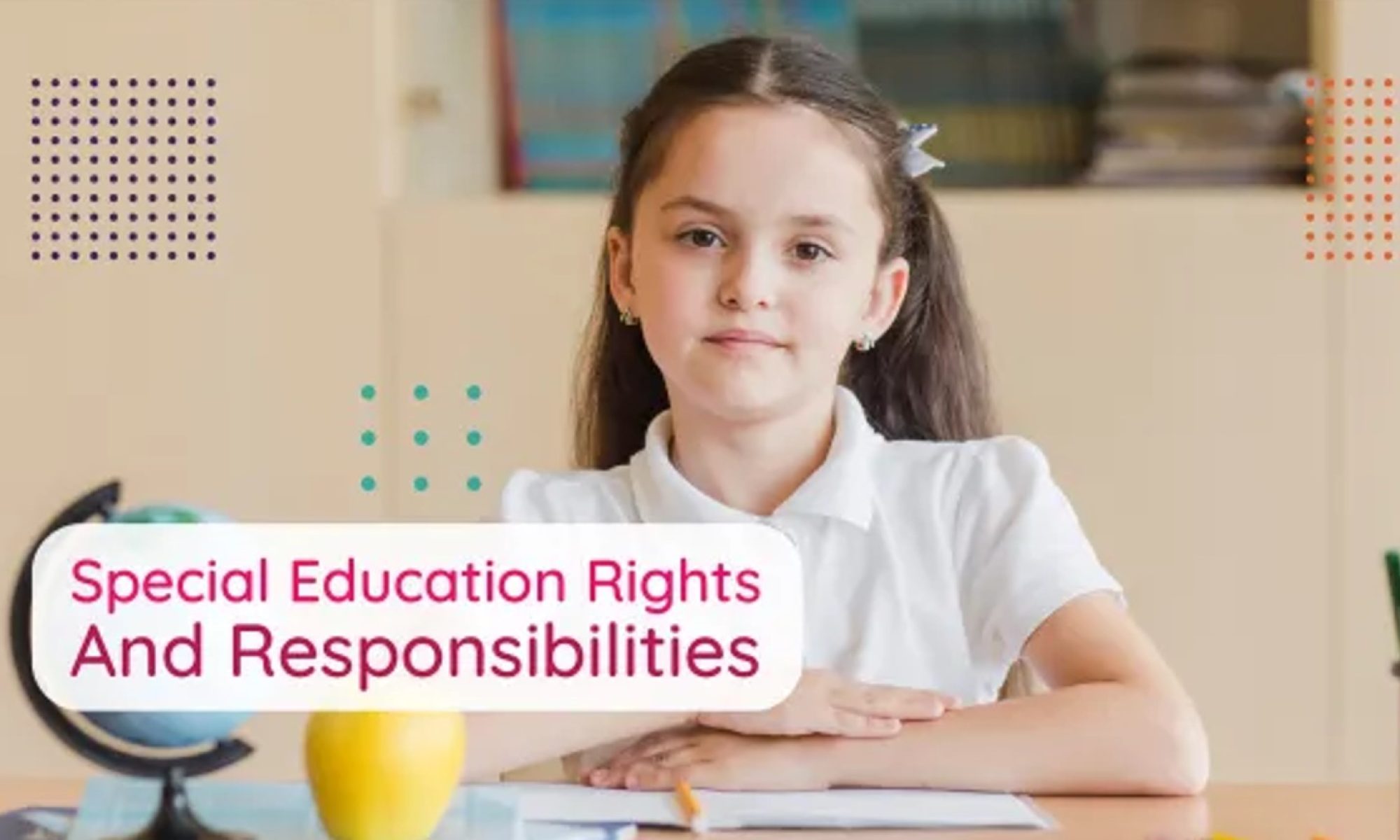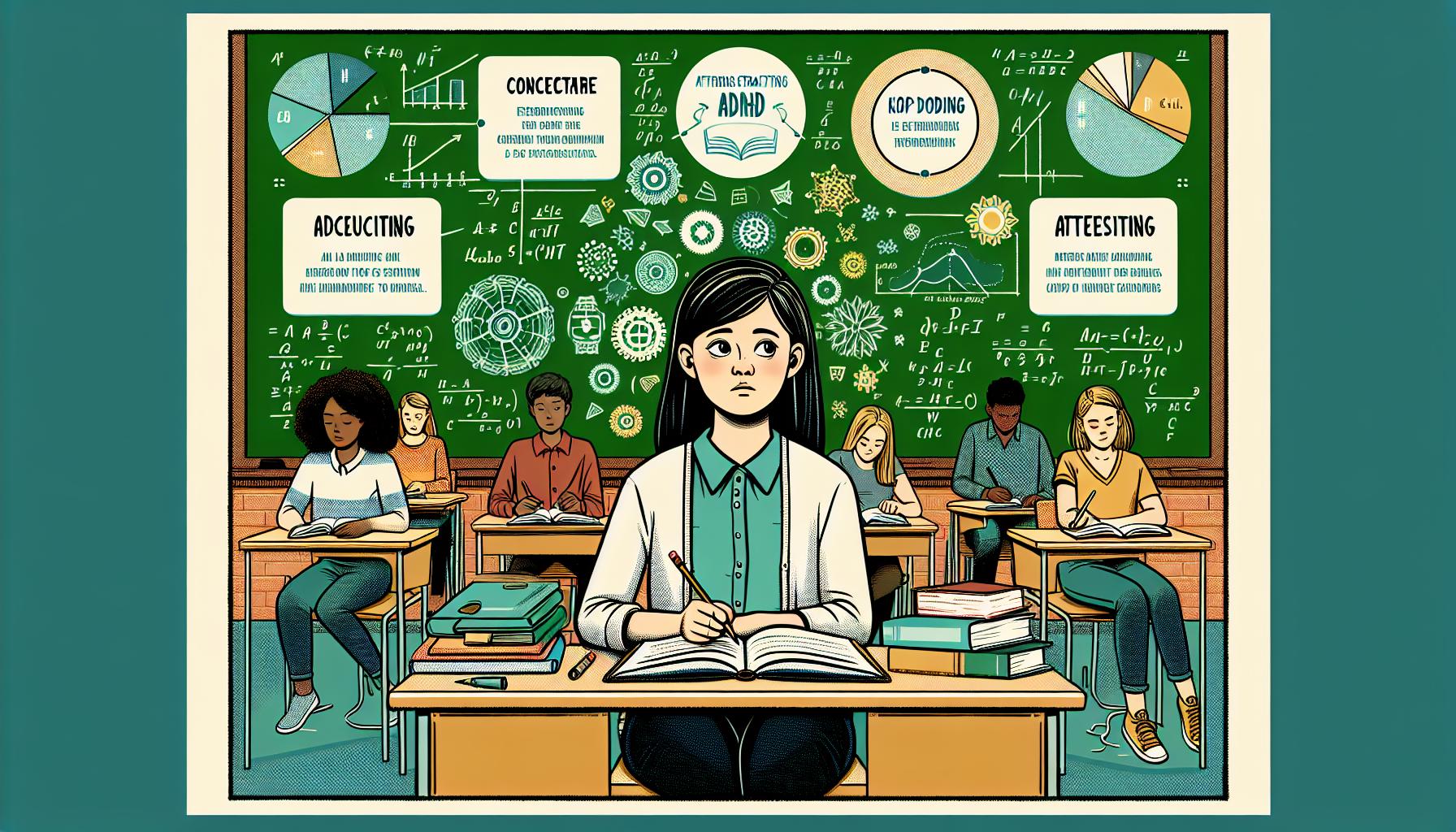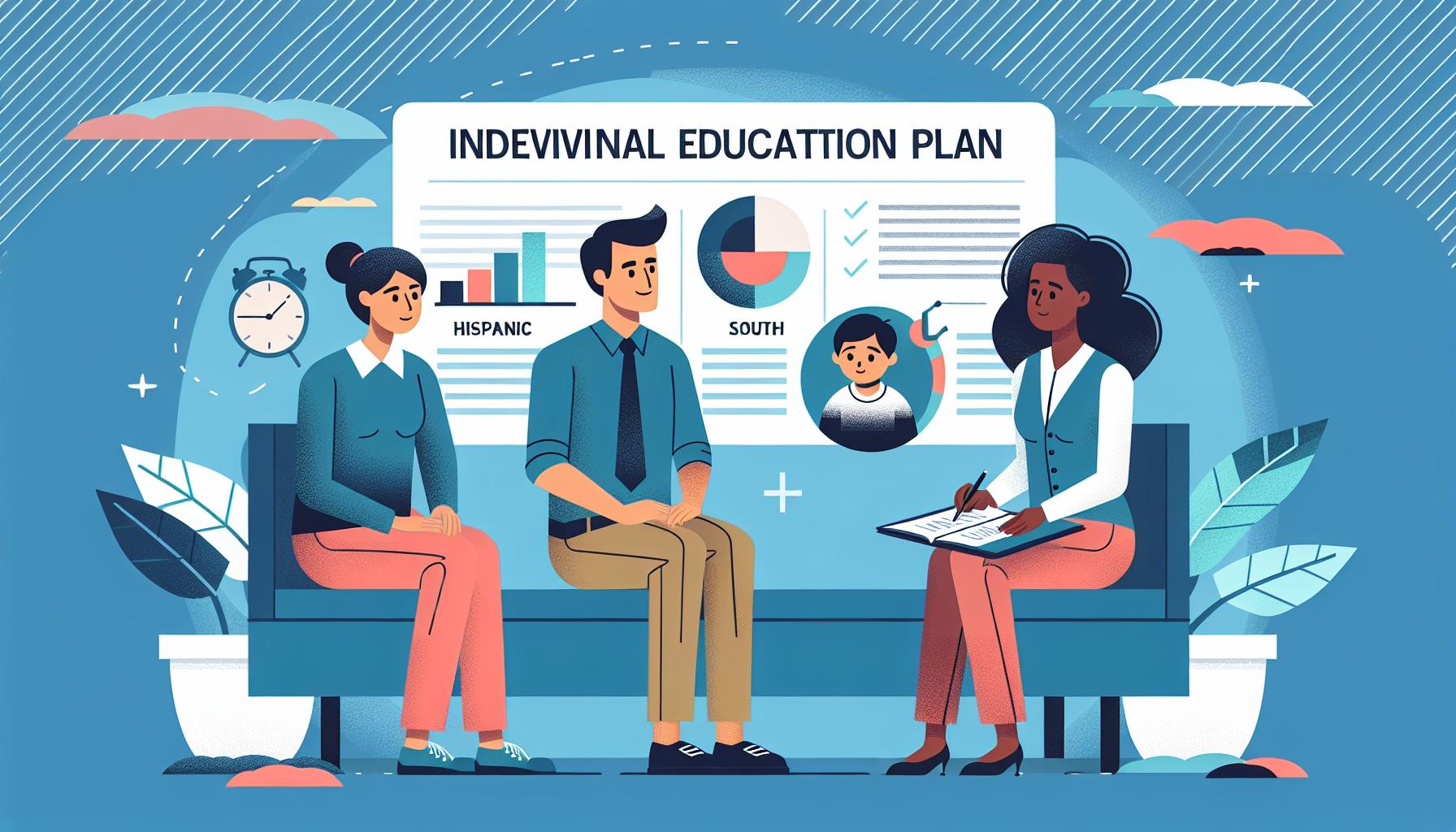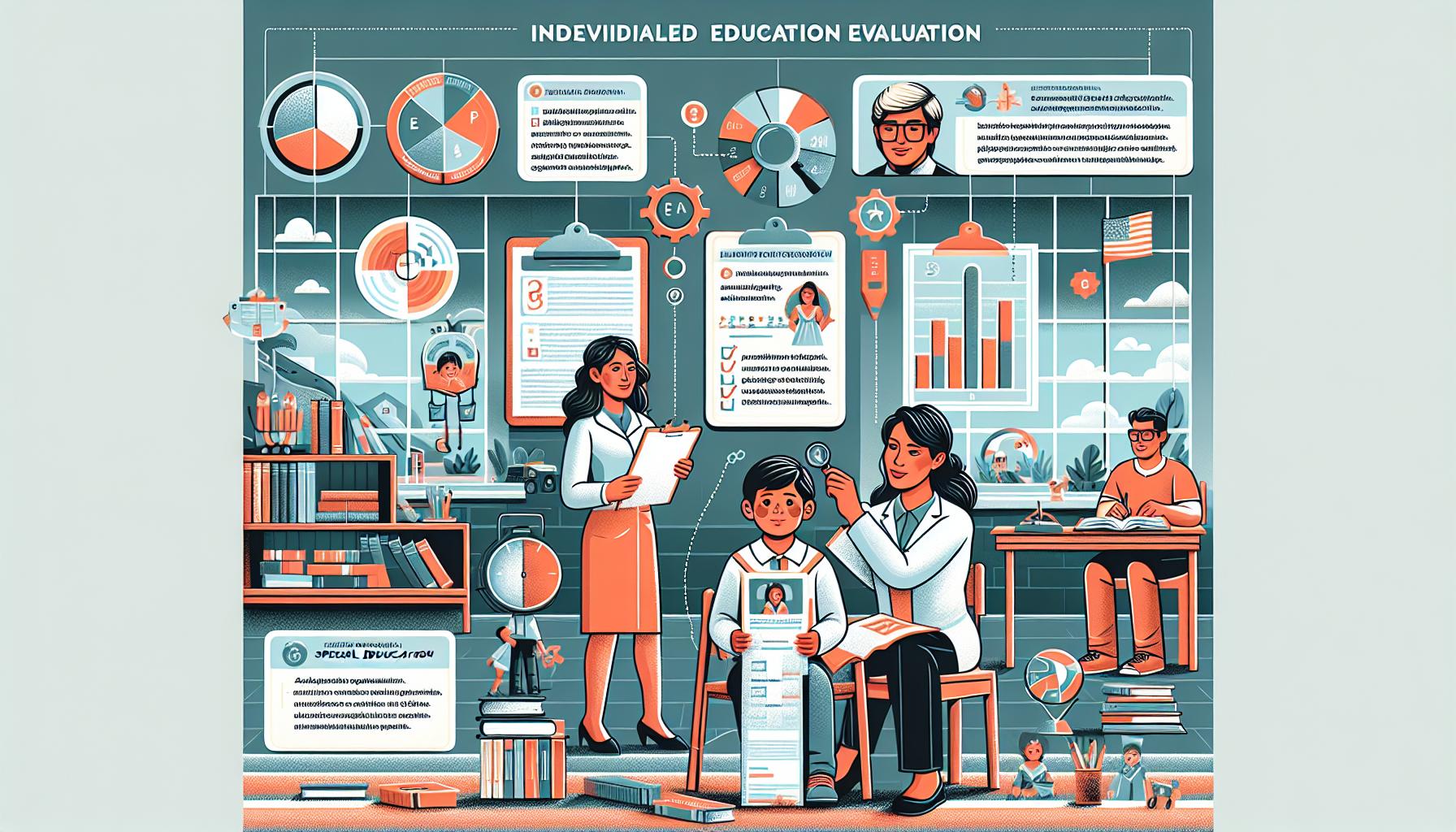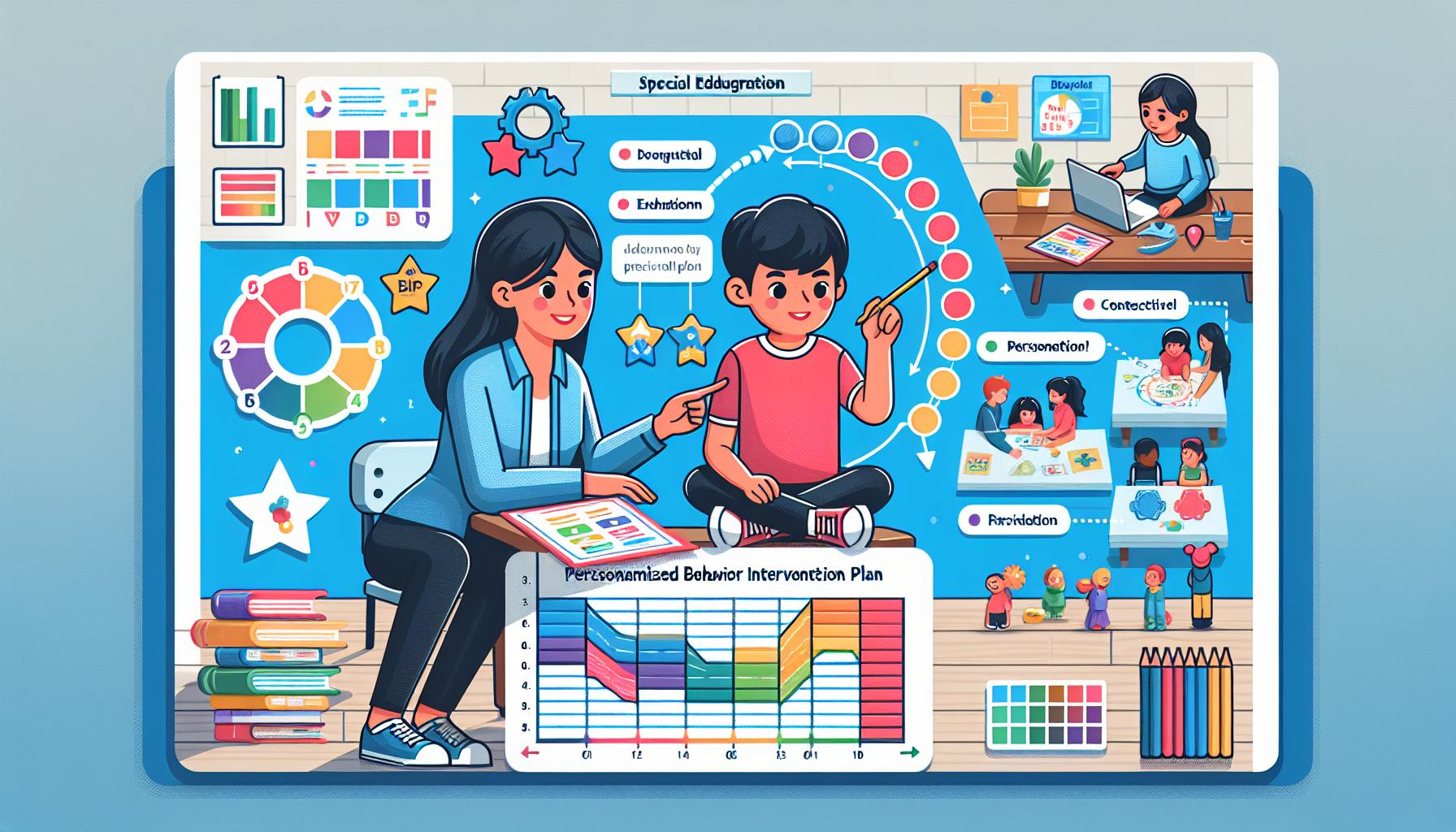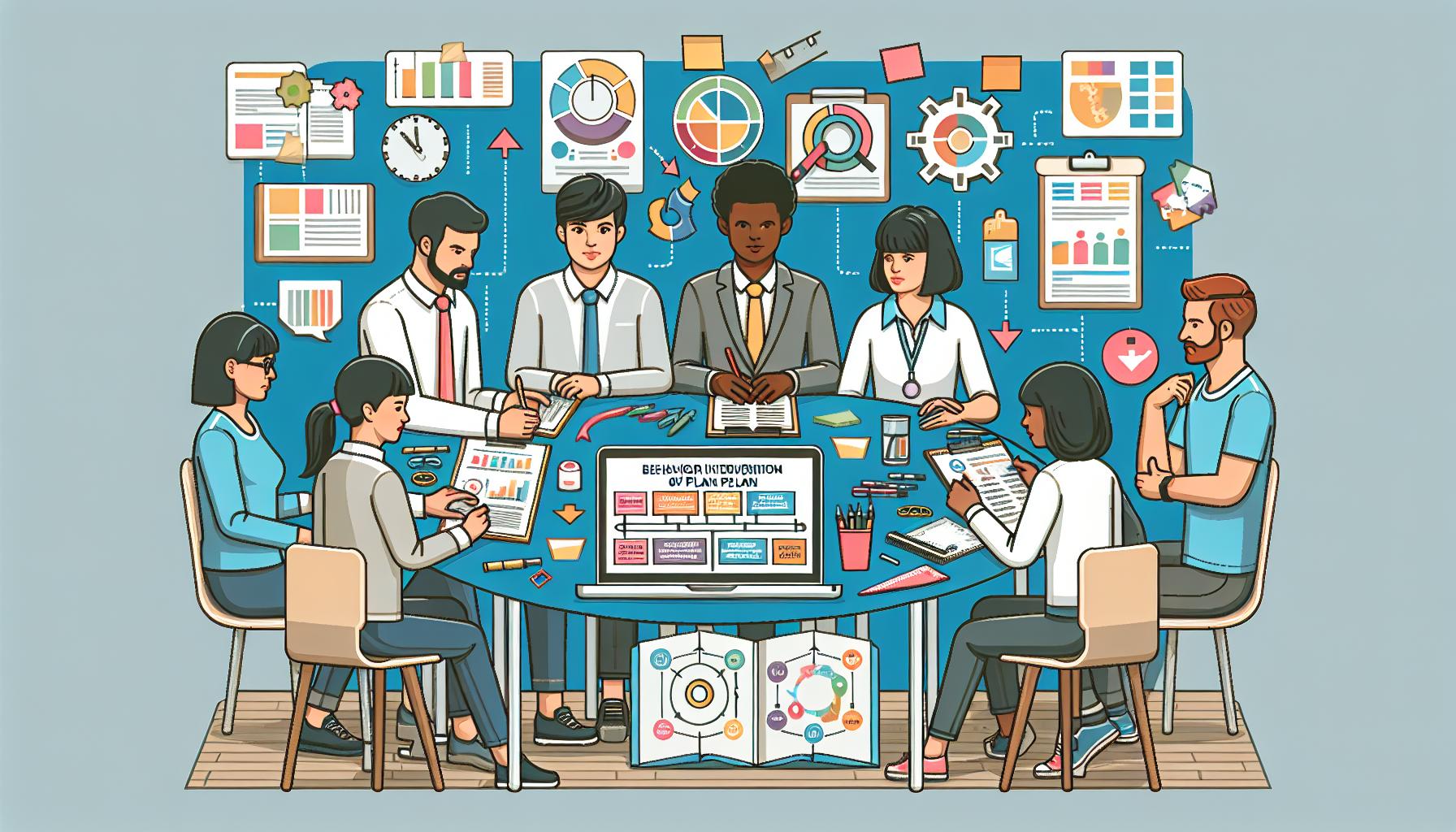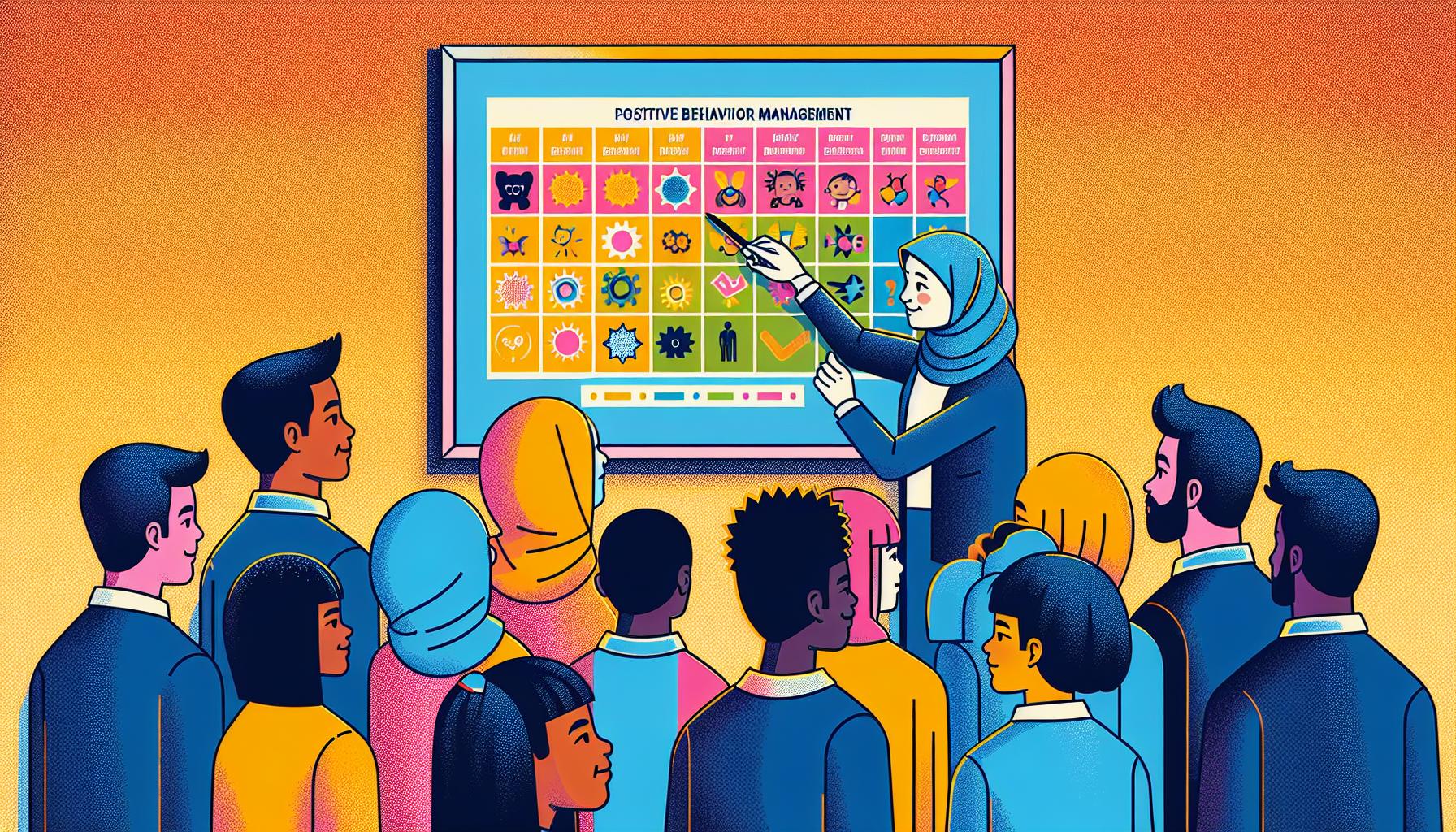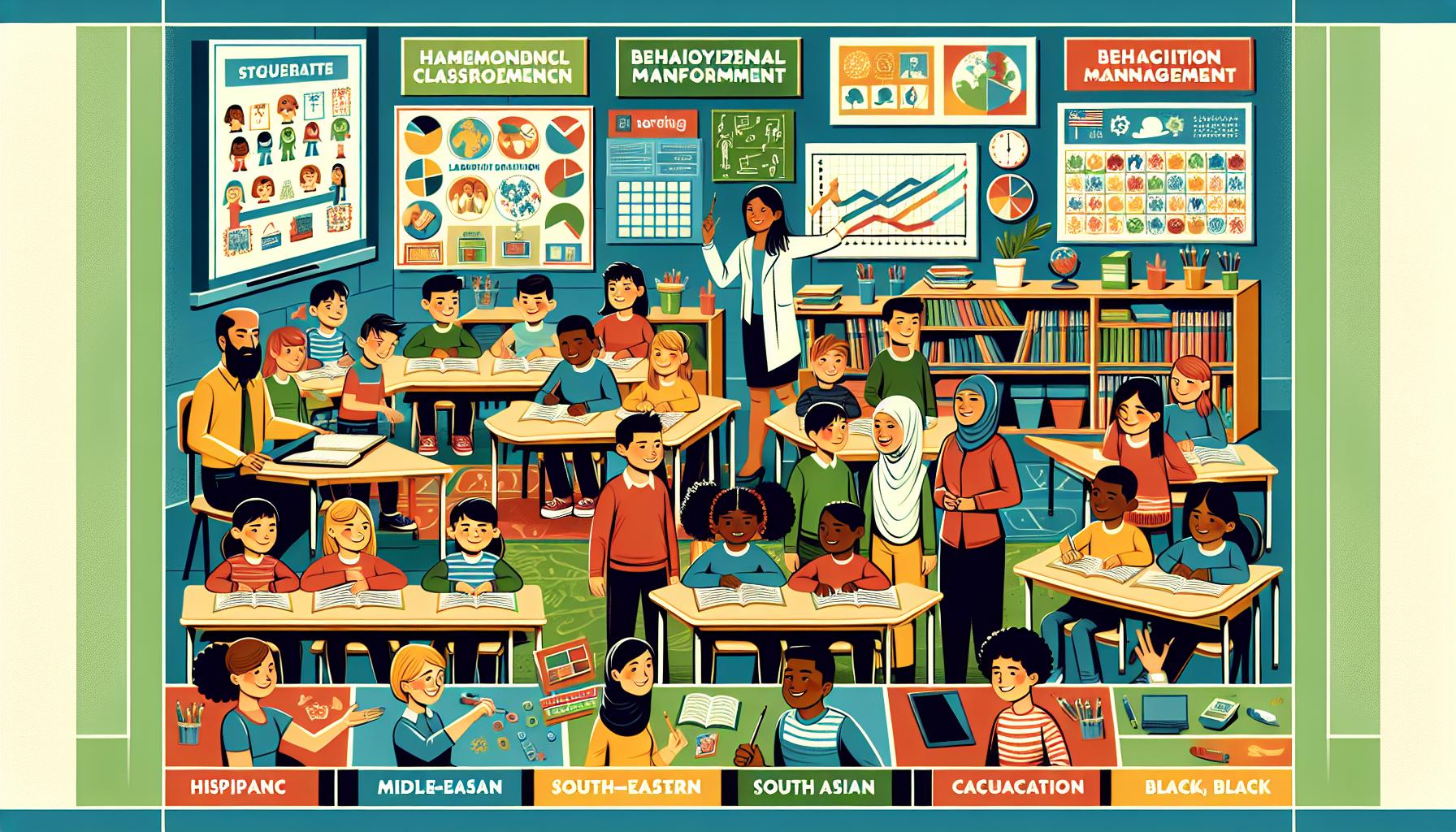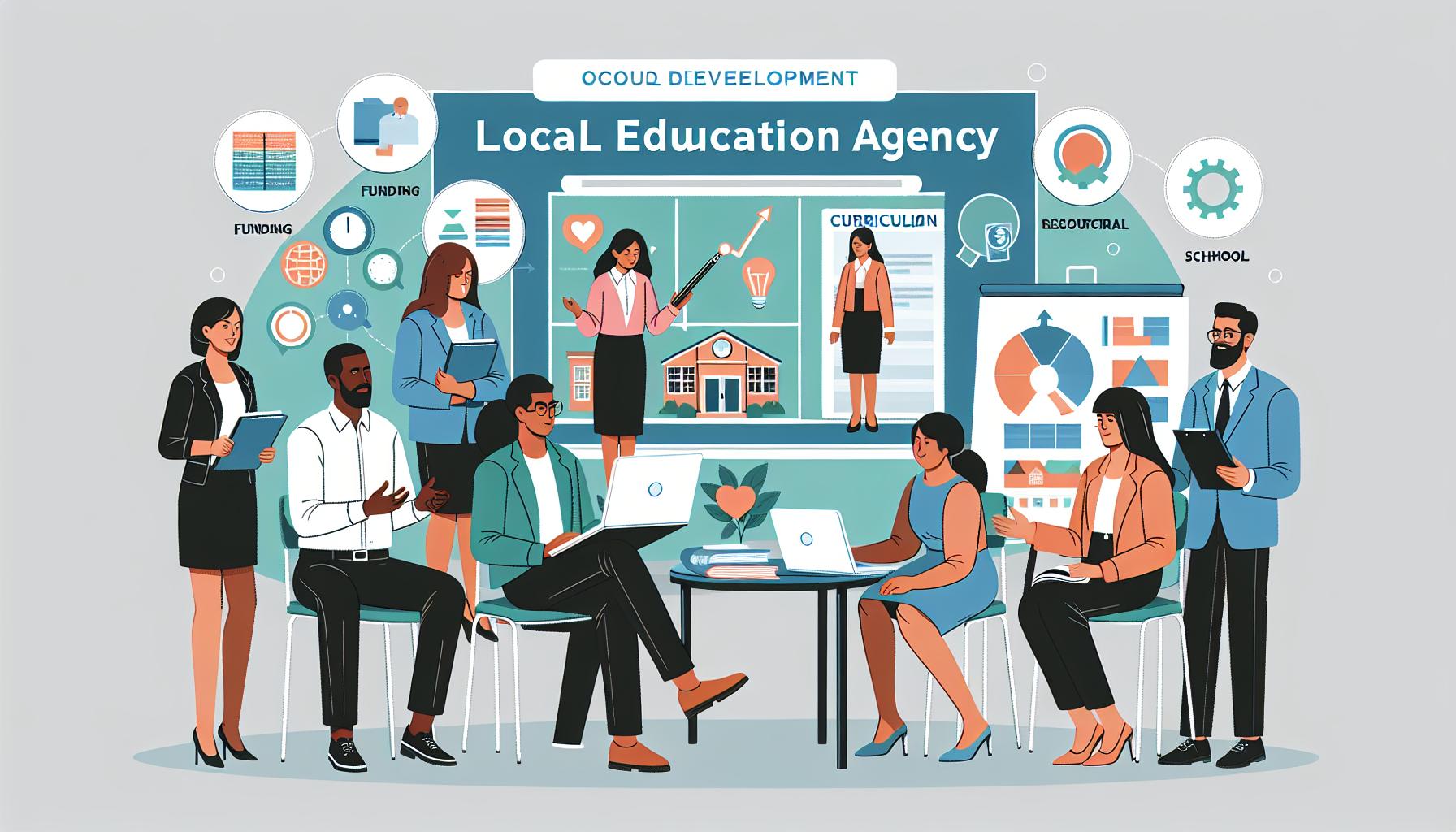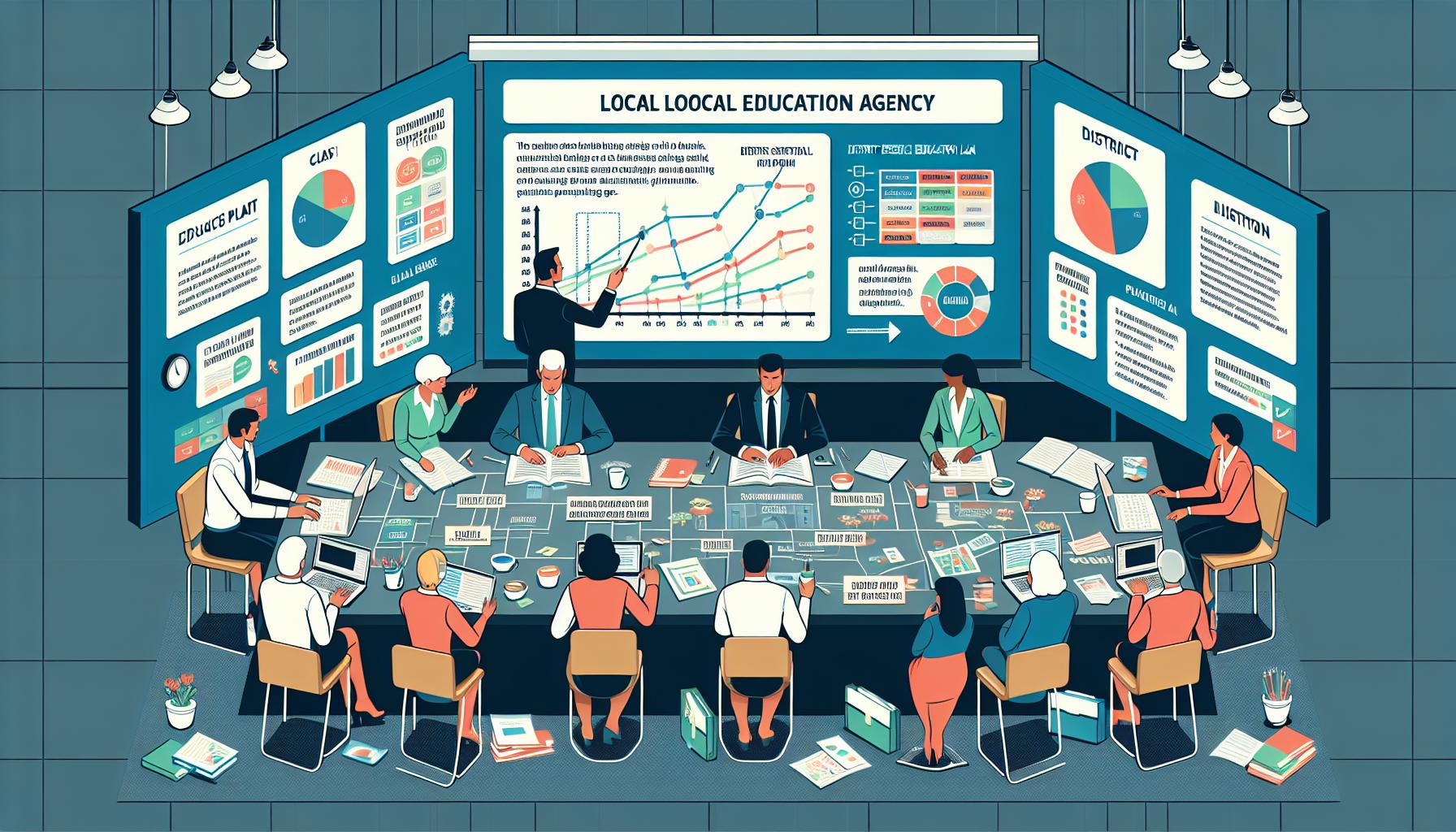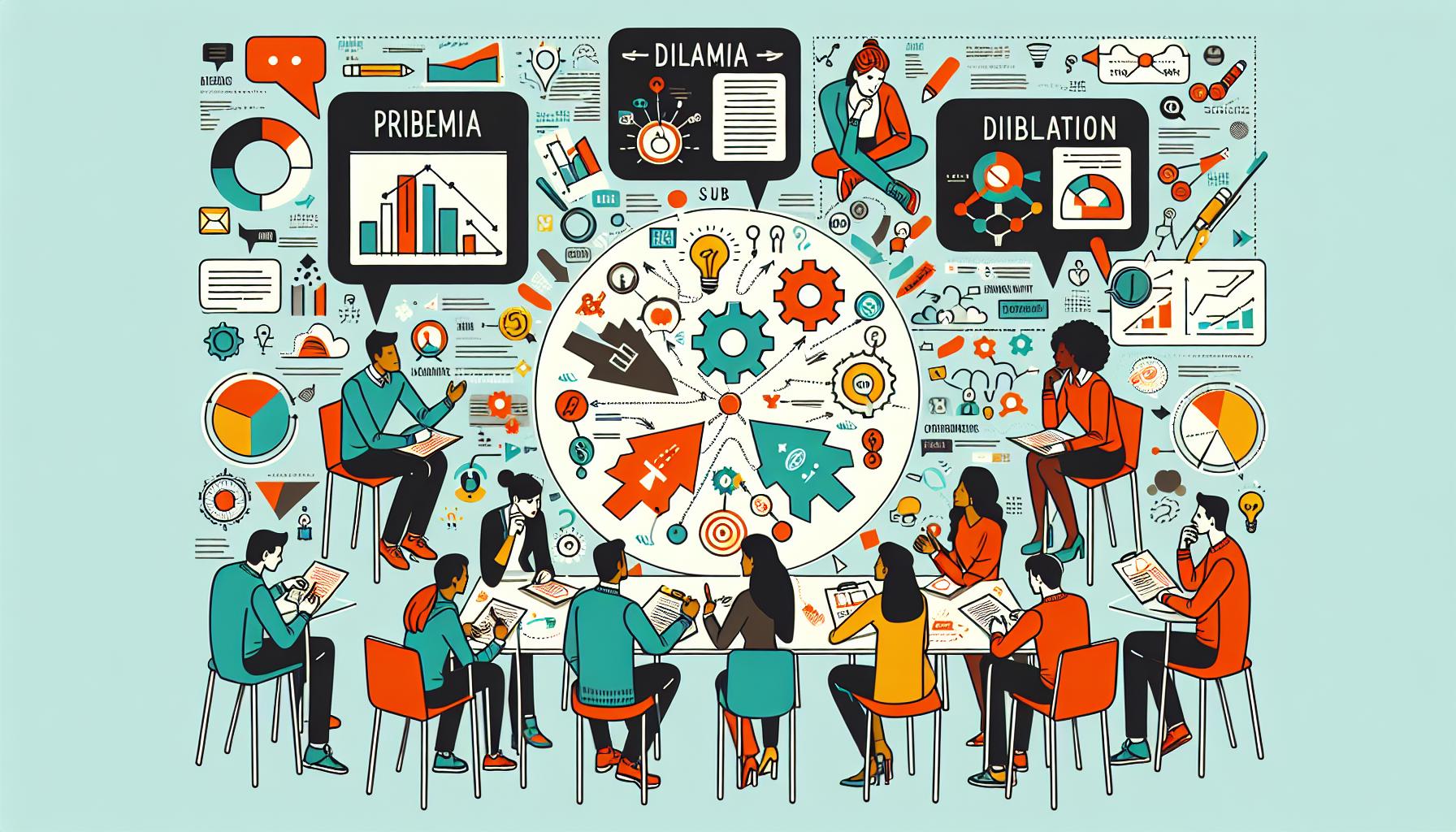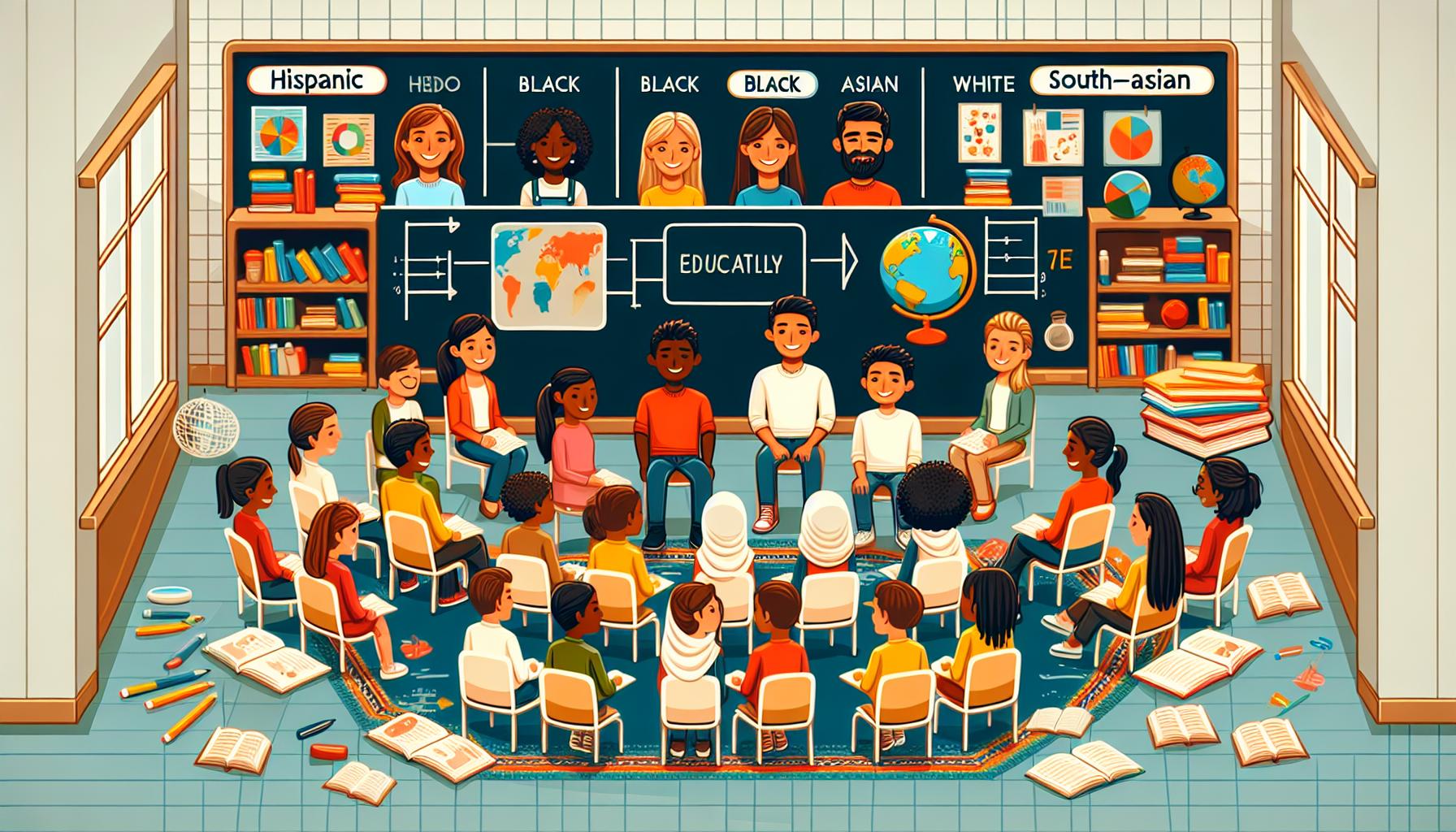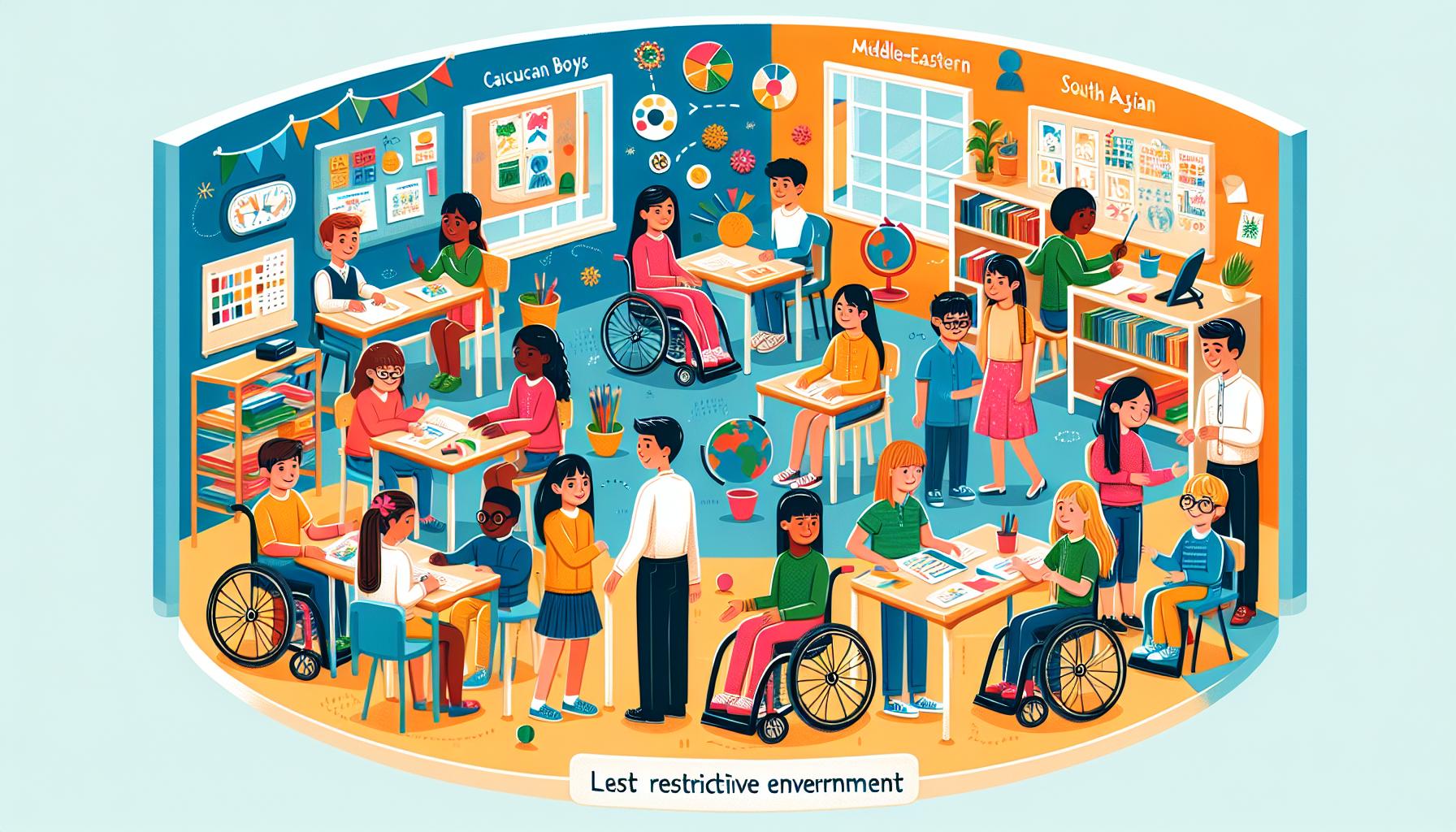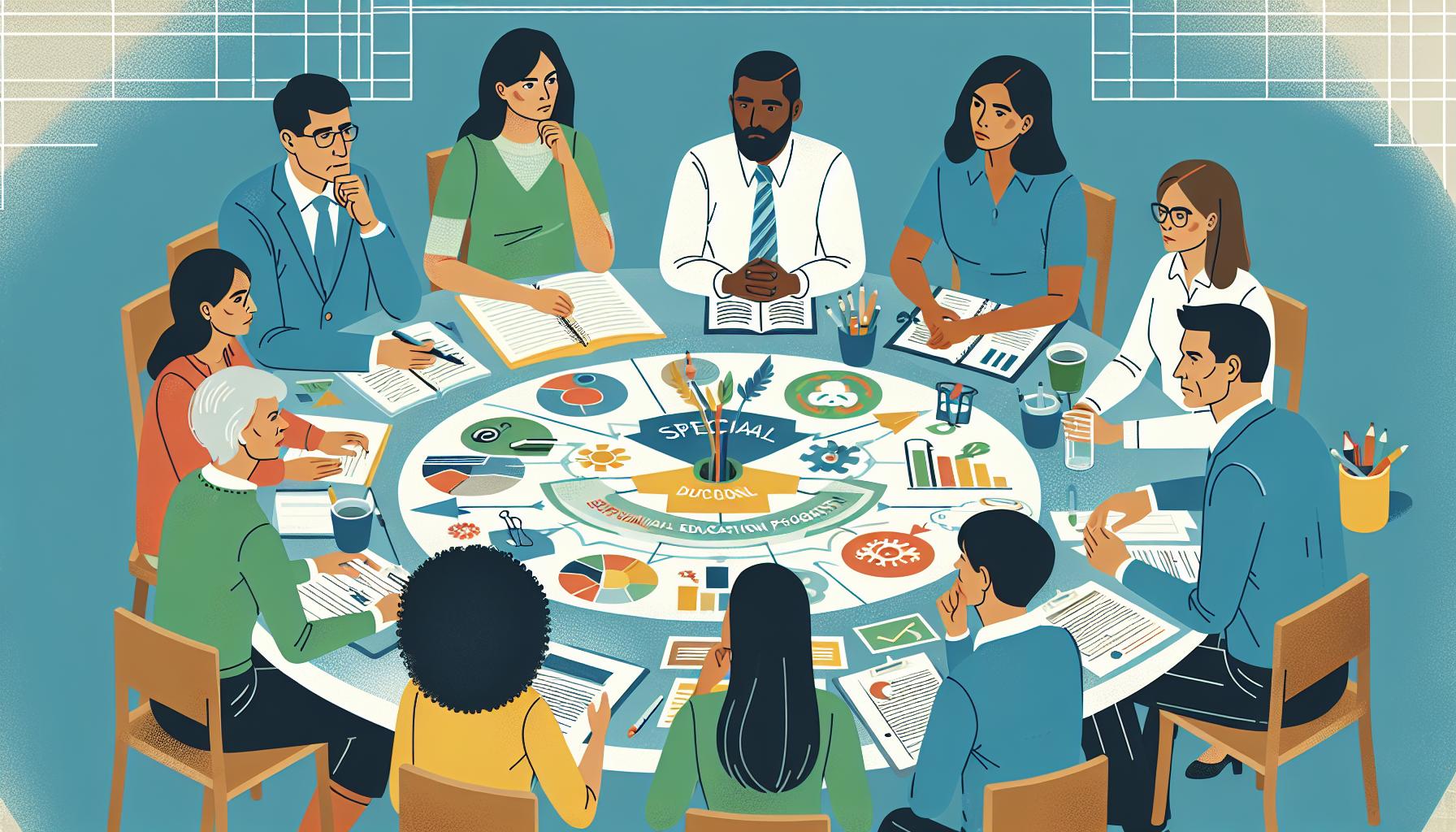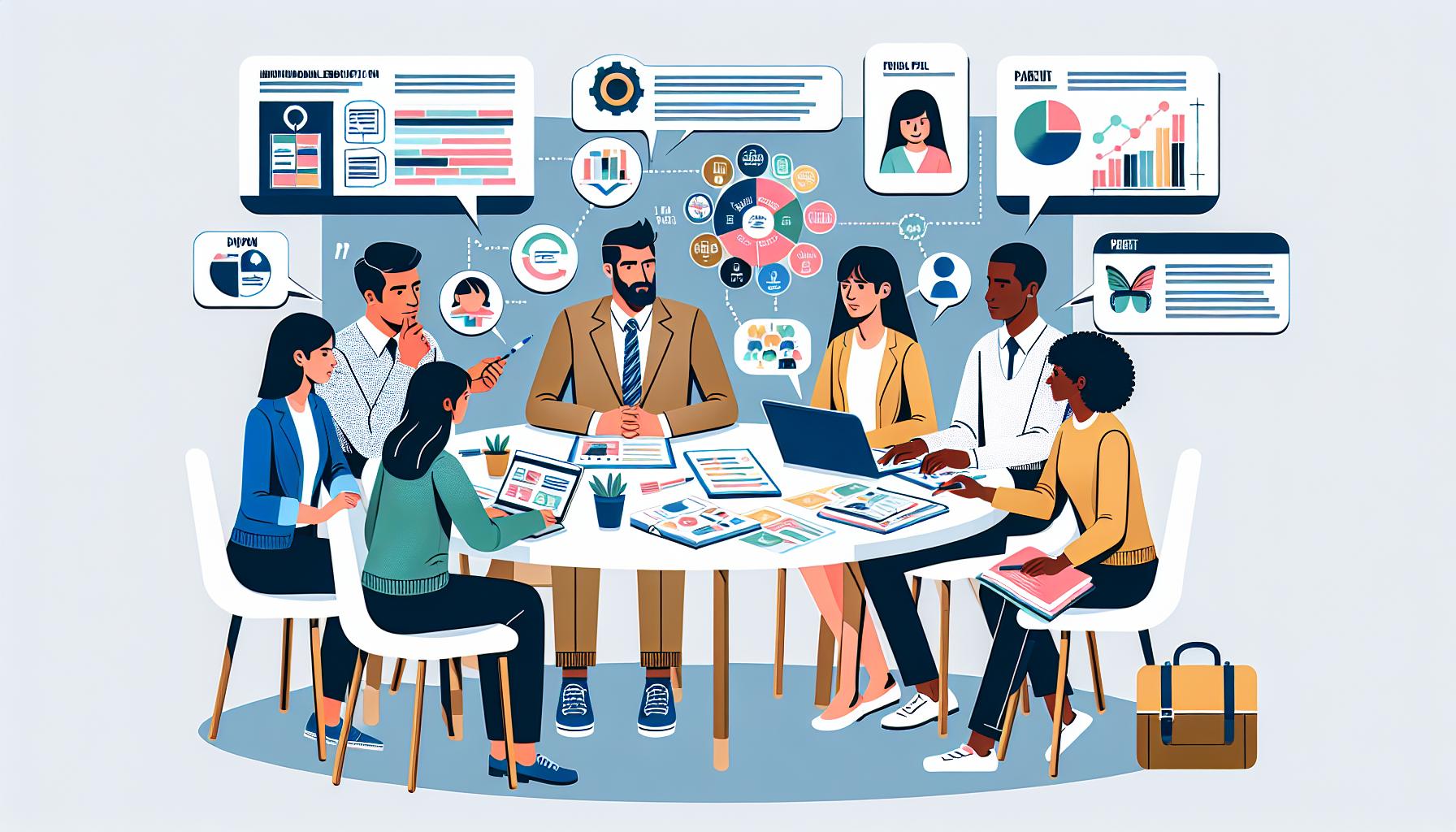When you’re navigating the world of special education, you’ll come across a term that might seem a bit ambiguous – “related services”. So, what are these related services in special education?
In the simplest terms, related services are the additional support services that your child may need to benefit fully from their education. They’re not the core curriculum, but they’re crucial in helping your child reach their educational goals.
From speech therapy to counseling, from transportation to physical therapy, these services are designed to meet the unique needs of each student. They’re a key part of your child’s Individualized Education Program (IEP). So, let’s delve deeper and understand what these related services are all about.
Key Takeaways
- Related Services in Special Education are additional supports that help a child benefit fully from their education. They include speech therapy, counseling, transportation, physical therapy, among others. They’re designed to meet the unique needs of every student in the Individualized Education Program (IEP).
- The role of these related services is to support academic achievement, enhance functional performance, and promote social and emotional growth, thereby meeting each student’s individual learning needs.
- Importance of Related Services extends to enhancing academic achievement, boosting functional performance using assistive technologies, fostering socio-emotional growth, and enabling access to education in special education.
- Types of Related Services include assistive technology, counseling services, transportation, occupational, and physical therapy services. These cater to unique challenges faced by students, thereby facilitating a conducive learning environment.
- The need for related services is determined through a thorough evaluation by a multidisciplinary team, observing and evaluating the student, analyzing evaluation results, discussing with the IEP team, and making decisions based on disability impact and performance.
- For effective implementation of related services, it’s essential to ensure a smooth transition, maintain open communication with all the stakeholders (IEP team, teachers, parents), use standardized progress assessment measures, and adopt a collaborative approach, open to adjustments based on ongoing assessments.
Understanding Related Services in Special Education

Related services in special education are supplemental supports that allow children with disabilities to fully capitalize on their education. They’re custom-designed solutions, crafted uniquely for each child to cater to their individual learning needs. These services are designed to augment the regular instructional regimen and are therefore a key part of every child’s Individualized Education Program (IEP).
Primary services include educational offerings such as speech-language pathology, audiology services, psychological services, physical and occupational therapy, recreation including therapeutic recreation, social work services, counseling services (including rehabilitation counseling) among others. These services might be necessary for your child to both access and succeed in their educational programming.
The role of these services is to:
- Support academic achievement
- Enhance functional performance
- Promote social and emotional growth
For example, consider a child having speech and language disorders. To truly benefit from their education, they’ll need support services such as speech-language pathology. This service enables the child to improve their communication skills, which are essential to their academic success. Each service contributes to leveling the educational playing field for children with disabilities.
Additionally, related services also include transportation and certain developmental, corrective and other supportive services. These could be early identification and assessment of disabilities in children, school health services and school nurse services, social work services in schools, and parent counseling and training.
It’s crucial for parents, teachers, and special education professionals to understand the scope of these related services, so they can properly integrate them into a student’s IEP. The more holistically a child’s needs are met, the more successful their learning outcomes are likely to be. Remember, in special education, individual needs dictate the support services provided, making no two IEPs identical.
Recognizing related services as an integral component in special education enhances the educational experience and success of students with special needs. Pushing past traditional instructional boundaries, these services are uniquely tailored to accommodate each child’s needs.
Importance of Related Services in the Education System
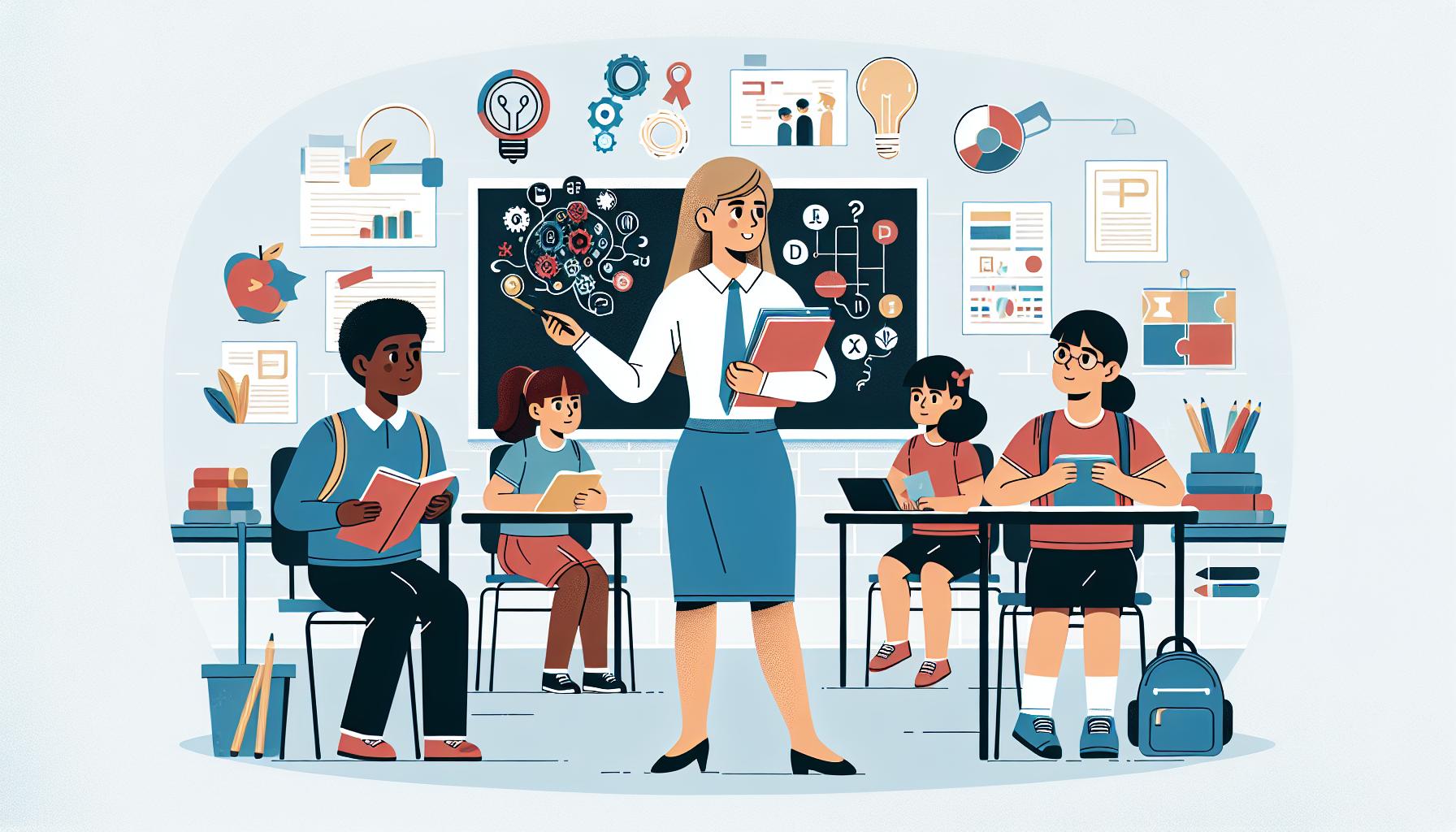
Delving deeper into the related services drives home their significance in the education system specifically for special education.
Enhancing Academic Achievement
Related services play an indispensable role in amplifying academic achievement. For a child grappling with a learning disability, traditional strategies may not always cut it. This is where these services step in, introducing tailored therapies and interventions like speech, occupational, or physical therapy. You’ll see these sessions complement what’s happening within the classroom, bridging the gap where standard practices might fall short. They’re designed to bolster a child’s learning, making abstract concepts more tangible and accessible.
Boosting Functional Performance
Assistive technology forms a key component within this repertoire of services. We’re looking at tools and devices, specifically curated to augment functional performance. Students with certain disabilities may find day-to-day skills a challenge. Adopting assistive technology introduces innovative solutions to these roadblocks. Picture a student with a physical disability using voice recognition technology to contribute to classroom discussions. Assistive technology opens up a world of possibilities, breaking down barriers.
Fostering Socio-Emotional Growth
Let’s not overlook the outstanding work these services do in nurturing socio-emotional growth. We’re talking about key ancillary support like counseling, providing students with coping mechanisms to contend with potential emotional stressors. They pave the way for better emotional regulation, building resilience among the students.
Enabling Access to Education
Additionally, related services enable access to education by addressing logistics. This encompasses transportation, nurturing a supportive environment essential for a student’s educational journey.
Incorporating related services within a student’s Individualized Education Program (IEP) becomes a compelling approach for education professionals. It’s about creating a holistic, dynamic, and responsive educational experience, pivotal for students with special needs. Seamless integration of these services ensures addressing individual needs becomes less of a daunting task and more of an achievable goal.
So it goes without saying, related services hold quite the revered status within special education. They’re instrumental in enhancing not just academic performance, but also functional skills, emotional growth, and accessibility to education. Formerly impenetrable barriers slowly dissolve, paving the way for improved learning outcomes. Maybe it’s time more focus, recognition and support was funneled towards this pivotal sector within our education system.
Different Types of Related Services
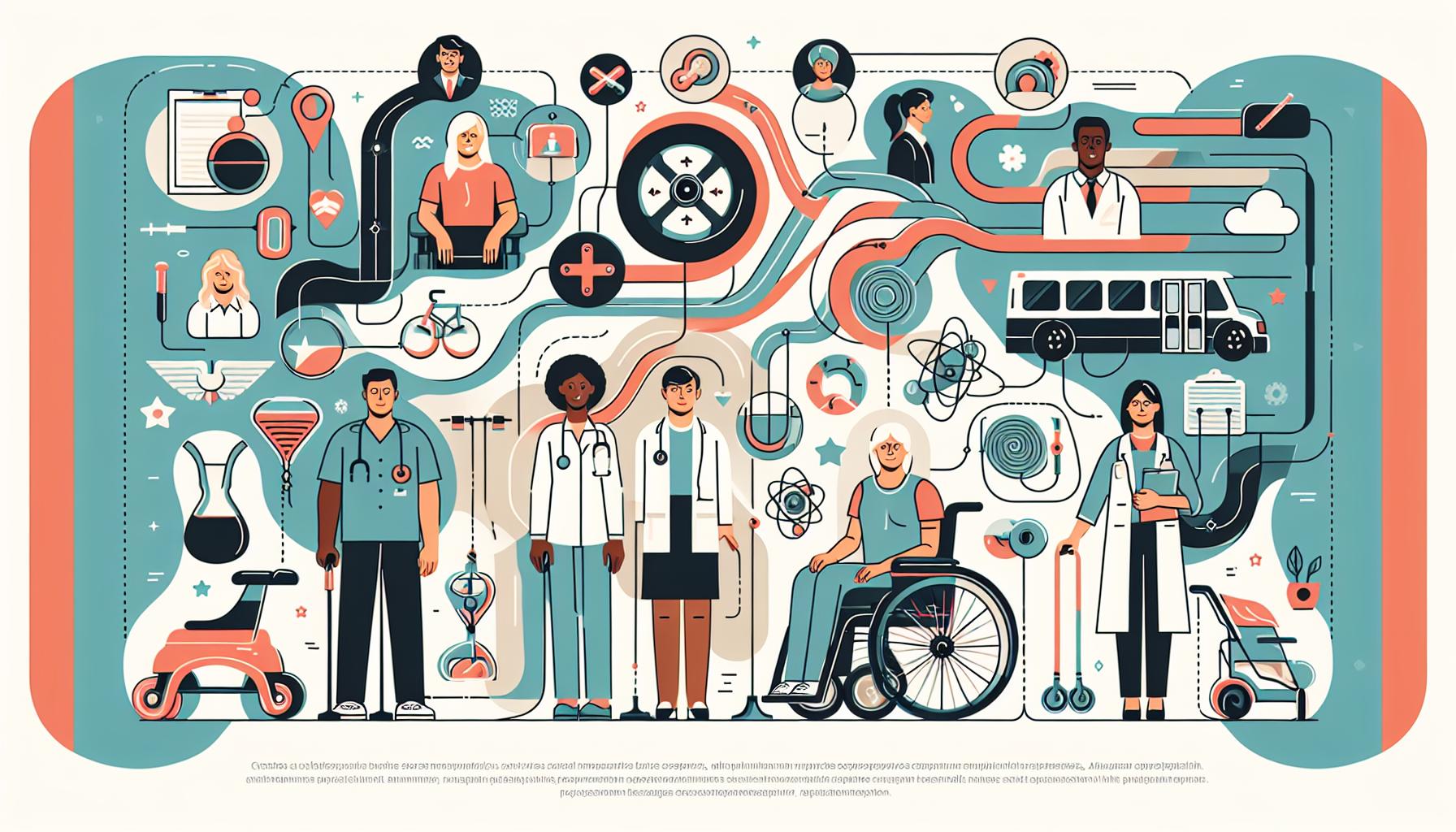
Related services in special education encompass a wide range of custom support aid to meet the unique needs of every student with disabilities. These services, spanning various forms and holding immense importance, aim at enhancing student capabilities and facilitating a conducive learning environment. Let’s delve into what different types of related services encapsulate.
Firstly, there’s assistive technology. It’s not merely about fancy gadgets but technologic aids that assist students in performing tasks they’d otherwise find challenging. From special keyboards, apps to read text aloud, to mobility devices, these help to level the playing field, fostering a more inclusive environment.
Counseling services form another key part of related services. These include psychotherapy, social skills training, and behavioral intervention. They cater to the emotional, social, and mental well-being of students, thereby bolstering their resilience and improving their ability to communicate and socially engage.
Transportation, another indispensable related service, aims at ensuring students get to and from school safely and reliably. It can include specialized vehicles for wheelchair-bound students to travel comfortably to school. Without transportation, access to education becomes a massive issue for many students.
Moreover, there are occupational and physical therapy services that hone in on the students’ movement or functional abilities to handle the tasks, ensuring they can participate better in daily school activities.
These are just a few examples. However, the list of related services in special education is extensive, stretching from therapeutic recreation to parent counseling. It’s shaped by the individual needs and challenges faced by students, thereby ensuring each student gets the support they require.
How to Determine the Need for Related Services
To establish if a student requires related services, a comprehensive evaluation is undertaken by a multidisciplinary team of professionals. Completing this evaluation helps to identify the student’s particular needs, strengths, and areas requiring support.
It begins with an in-depth assessment and analysis of the student’s performance in their educational setting. Educational, medical, and psychological evaluations are typically included in this process. The results obtained from these evaluations are an important tool in establishing the need for related services.
The Individualized Education Program (IEP) team, which usually includes parents, teachers, and school officials, uses the results from the evaluation to tailor educational support. They review every aspect of the evaluation results, dissecting the student’s current academic performance, the impact of their disability, and individual learning needs.
Here’s a glimpse of the key steps involved in determining the need for related services:
- Student observation and evaluation
- Analysis of evaluation results
- Discussion and review with the IEP team
- Decision making based on disability impact and performance
Such detailed evaluation processes require time and resources. However, they are crucial in ensuring that any given student in need of related services receives the kind of support necessary for them to thrive.
Determining whether a student needs related services necessitates careful evaluation and comprehensive assessment from a multidisciplinary team. Through this process, a clear understanding and identification of their needs and requirements is achieved, enabling the provision of tailored educational support. It’s also important to remember that this is a collaborative process that involves parents, teachers, and the IEP team working together towards the student’s overall success.
Though this process might appear demanding, it’s necessary in addressing the student’s unique needs, which not only enhances their learning experience but also encourages their social and emotional growth.
Ensuring Effective Implementation of Related Services
Following the identification of a student’s needs by the Individualized Education Program (IEP) team, you’re now faced with the task of ensuring the effective implementation of these related services. This stage is crucial as it directly impacts the child’s educational growth and development. Here, we delve into the key steps and strategies to follow for optimal implementation.
First, it’s essential to facilitate a smooth transition for the student to related services. Meet with the service providers and clearly communicate the student’s needs, strengths, and areas requiring support. Collaborate closely with these professionals and organize team meetings periodically to review progress and make necessary adjustments.
Subsequently, prioritize open communication channels between the IEP team, teachers, service providers, and parents. Maintaining transparency and regular dialogue fosters a deeper understanding of the child’s progress and challenges. It can also empower the parents to support their child’s development at home, supplementing the school’s efforts.
One valuable tool is the use of standardized progress assessment measures. Regularly evaluate your student’s academic performance and track improvements during the implementation of related services. This quantitative data provides invaluable insights for the team which can be used to optimize the services.
A collaborative approach is central to this process – it’s critical that the IEP team consistently work together. The team must be fluid and willing to adjust the program as needed based on the ongoing assessments and the evolving needs of the student.
Remember, the journey doesn’t stop here. It’s an ongoing cycle of evaluation, implementation, review, and adjustment. Keep striving to provide the best possible support for your students and ensure that they are continually growing, developing, and thriving through the effective implementation of related services in special education.
Conclusion
So you’ve learned that related services in special education are vital for a student’s success. They’re not just add-ons, but essential components that the IEP team identifies to support a student’s unique needs. With a smooth transition, open communication, standardized assessments, and a collaborative approach, these services can significantly enhance a student’s educational journey. Remember, the ultimate goal is to foster growth, development, and success for each student. So, as you navigate the world of special education, keep in mind the pivotal role of related services. They’re more than just services; they’re stepping stones to a student’s success.
What is the main focus of the article?
The core emphasis of the article revolves around effective implementation of related services in special education, and the optimal support needed for individual students identified by the Individualized Education Program (IEP) team.
How important is the role of the IEP team?
The IEP team plays a crucial role in determining the needs of each student and orchestrating the implementation of their special education related services.
What are some key steps highlighted for this implementation?
Key steps outlined include promoting a smooth transition to related services, maintaining open communications among all involved, utilizing standardized progress assessment measures, and advocating for a collaborative approach for ongoing evaluation and adjustment.
Why is communication among all stakeholders emphasized?
Open communication is vital to ensuring each student’s needs are fully understood and addressed, thereby promoting a conducive environment for their educational development and success.
What’s the ultimate goal according to the article?
The ultimate goal, as stated in the article, is fostering each student’s growth, development, and success throughout their educational journey by providing the most optimal support.
The post Unveiling Related Services in Special Education: An Essential Support for Student Success appeared first on Special Education Journey.
Unveiling Related Services in Special Education: An Essential Support for Student Success published first on https://special-education-journey.com/
